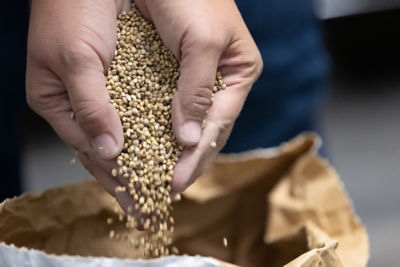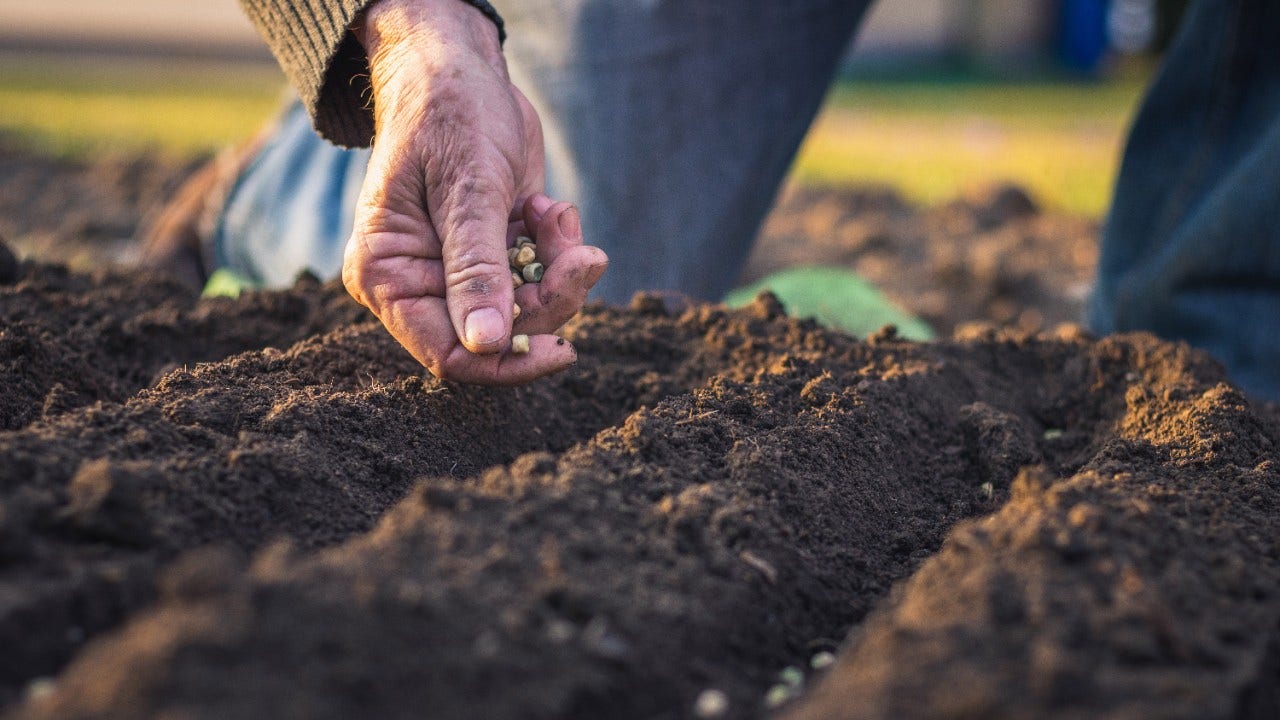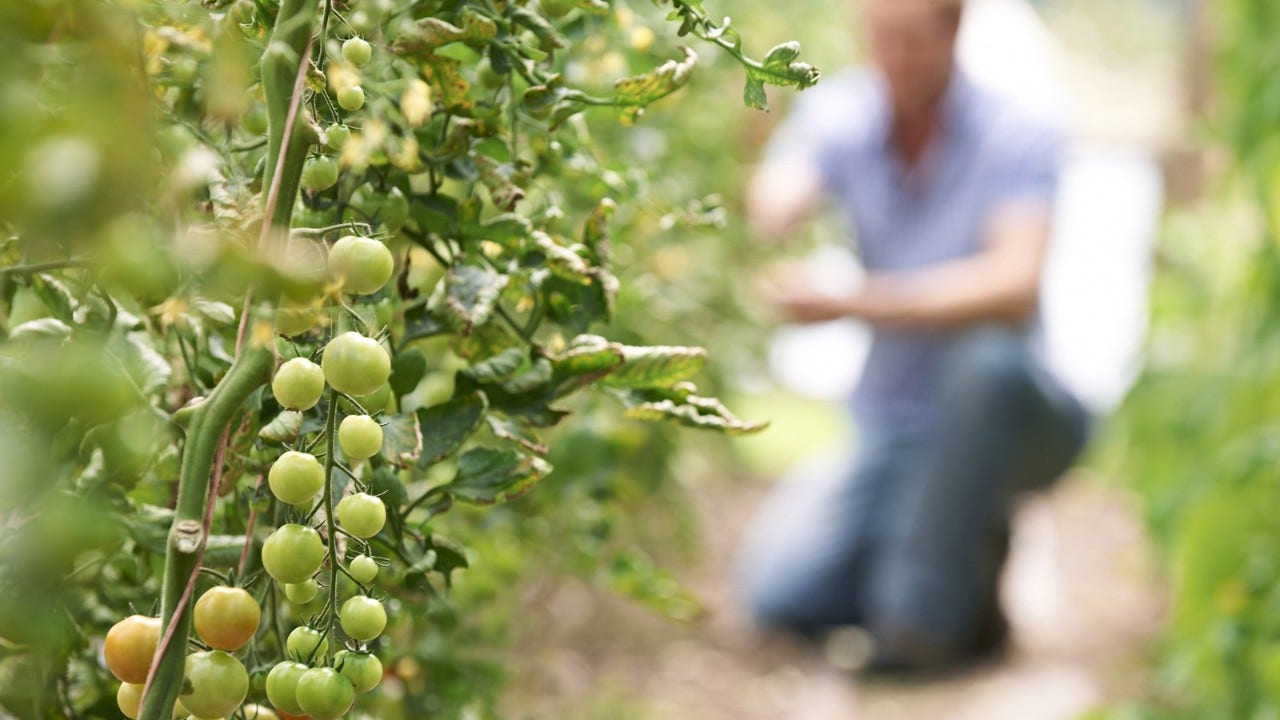Causal Agent
Meloidogyne hapla
Distribution
Worldwide
Symptoms
The first above-ground symptom is a general lack of vigor by the plants. Eventually the foliage becomes chlorotic with a progressive dying of the older leaves, and the plants are stunted. When diseased plants are pulled up, irregular swellings, called galls or knots, can easily be seen on the roots. These galls tend to be small and uniform in size compared to those caused by Meloidogyne incogmta, which tend to be large and compound. When this disease is severe,the entire root system will be covered with small galls and have a branched appearance as a result of secondary root formation adjacent to the developing galls.
Conditions for Development
This nematode has a very wide host range, including many vegetable crops and weeds on which it can grow and overwinter. It may be introduced into fields or greenhouses on infected transplants, in infested soil on cultivation equipment or through irrigation water. Once present in a field or greenhouse, it can spread from its alternate hosts to tomato through typical cultivation practices. Although this nematode can cause disease in many soil types, root damage is most serious on lighter, sandy soils. Moderate (16-20°C, 61-68°F) soil temperatures favor nematode reproduction and disease development.
Control
No commercial varieties are currently resistant to Meloidogyne hapla and therefore cultural and chemical controls should be used to control this disease. Soil fumigation or pasteurization should be used when feasible. Also, the use of certified disease-free transplants and rotating to a non-host crop can help reduce losses.



